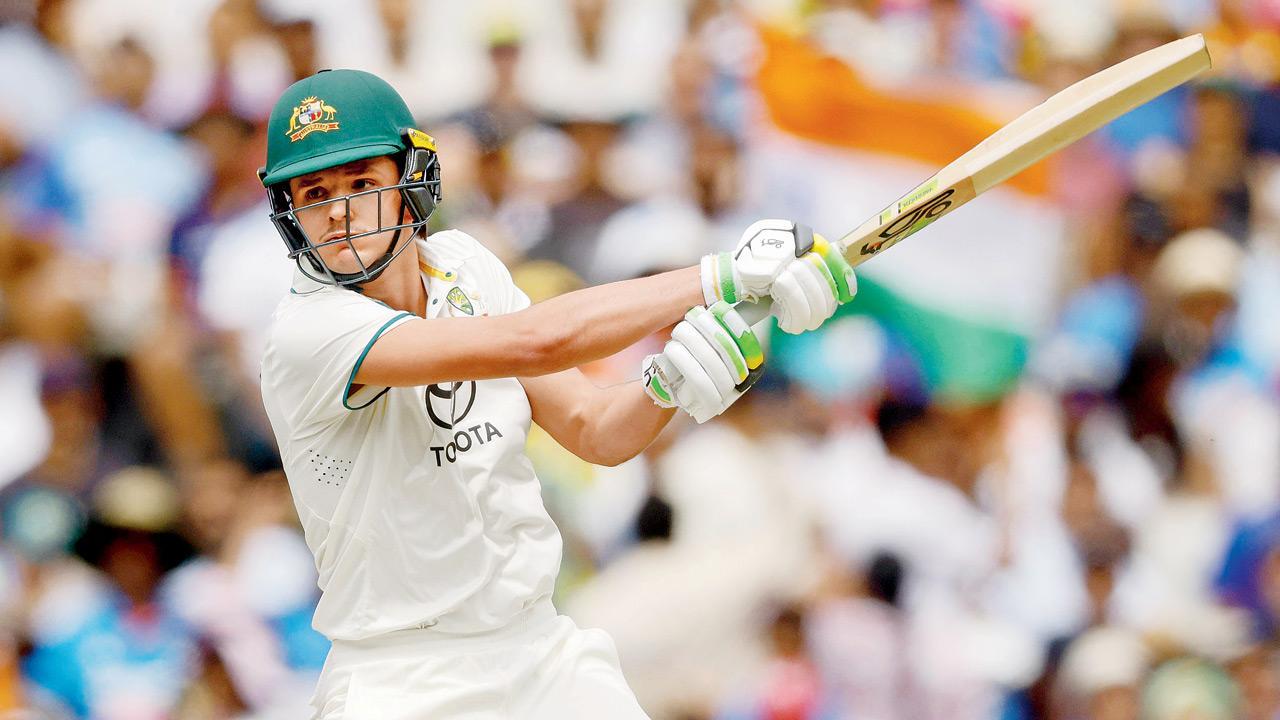Young cricketers are now being paid to do nothing else but practise, practise, practise. They don’t have to fit their training around a job or studies, so it would be a surprise if they didn’t keep improving

Australia’s Sam Konstas, who floored the Melbourne Cricket Ground crowd on Boxing Day 2024 against India. Pic/Getty Images
 They say that youth is often wasted on the young. It’s not often that Australia imitates the Asian example but when it comes to the sudden obsession with youth policy, we are seeing a quantum mindset shift.
They say that youth is often wasted on the young. It’s not often that Australia imitates the Asian example but when it comes to the sudden obsession with youth policy, we are seeing a quantum mindset shift.
ADVERTISEMENT
Most of the Asian bloc has always embraced picking ridiculously young cricketers to play international cricket, aided no doubt by what used to be a highly evolved school cricket scene. Amongst those luminaries, Sachin Tendulkar, Yashasvi Jaiswal, Dunith Wellalage, Shahid Afridi, Hasan Raza, Enamul Haque (both of them!) and Laxman Sivaramakrishnan were all under 18 when they debuted. Australia has to go back to 1953, Ian Craig, before they can point to someone in that age bracket.
The reasons are varied and complex but one of the big limiters to young debutants was the old Aussie mantra of making cricketers earn their stripes in the Sheffield Shield before they were even considered for discussion, let alone a realistic chance of selection.
The recent selection of Cooper Connolly has well and truly buried that era. I cannot think of the last Australian Test cricketer who was given a baggy green before they had taken a first-class wicket or scored a ton at that level. This has now extended to ODI cricket selections too. Truly groundbreaking.
Whilst no one is questioning his prodigious talent, unlike Jaiswal or Tendulkar for example, one simply cannot imagine someone like Connolly peeling off double centuries or dominating at this level. Yet.
It is the era of Self-Fulfilling Prophecies. Ignore older players with proven track records and keep leapfrogging young talent into the system and many of them will ripen on the vine. These young cricketers get elite coaching so they will naturally improve but they are also now being paid to do nothing else but practise, practise, practise (and play Xbox). They don’t have to fit their training around a job, university, household chores etc so it would be a surprise if they didn’t keep improving. It’s no different to feeding the young racehorse with the best hay and giving the withered grass to the older beast. The odds are being stacked to ensure that the chosen few will eventually shine and prove the selectors right.
The other big advantage these youngsters have is the absence of pressure that comes with always having to prove yourself. They didn’t have to prove themselves in the first instance so they go out to bat utterly confident that they will be given (almost) unlimited opportunities to justify their selection. It allows you to play with freedom and a sense of joie de vivre, a panache, that the older player simply isn’t afforded. Sam Konstas’ debut Test innings at the MCG was a case in point. In the Hayden/Langer/Slater/Blewett/Elliott era, I doubt they would have had the courage to try to reverse ramp the leading bowlers of their time (Ambrose, Akram, Donald, Pollock, Gough etc). If you lost your off stump on the first morning of the Boxing Day Test to a shot like that, you would be fearful of even walking back into a dressing room captained by Allan Border or Steve Waugh.
What many grizzled and puzzled veterans of the circuit are asking is; why this desperate need to pick youth before they have earned the right? Why not just pick the best 11 cricketers available on that day? Isn’t that what playing for your country should mean? You are one of the best, let’s say 13 cricketers available for selection that morning.
A novel idea—it will never catch on—why not just reward consistent performers in domestic cricket? What’s so hard about that? We now have professional contracts being handed out to kids who have barely done anything in club cricket. Bowlers who have taken less than 10 First Grade wickets or who have never scored an A Grade hundred are being put on Pro contracts.
Angus Lovell, the current Queensland opening batsman is a great case in point. He scored numerous big daddy hundreds before he made his first-class debut. Likewise Lachlan Hearne and Jack Clayton. The result? They adapt immediately to the next level up and repeat those same feats within a few months. It strengthens the overall base because all players, young and old, know that the surest pathway to the next level is to dominate consistently one layer down.
Where will this obsession with potential end? On that basis, pick a kid in junior cricket on the flawed logic that he will one day earn the right. In what other profession would this policy not be challenged by a lawsuit? India has outrageous young talent but has there ever been an all-rounder who played for India before he had taken a Ranji Trophy wicket or scored a hundred?
The writer is a Brisbane-based former first-class cricketer.
Clayton Murzello’s Pavilion End column will be back next week.
The views expressed in this column are the individual’s and don’t represent those of the paper.
 Subscribe today by clicking the link and stay updated with the latest news!" Click here!
Subscribe today by clicking the link and stay updated with the latest news!" Click here!







